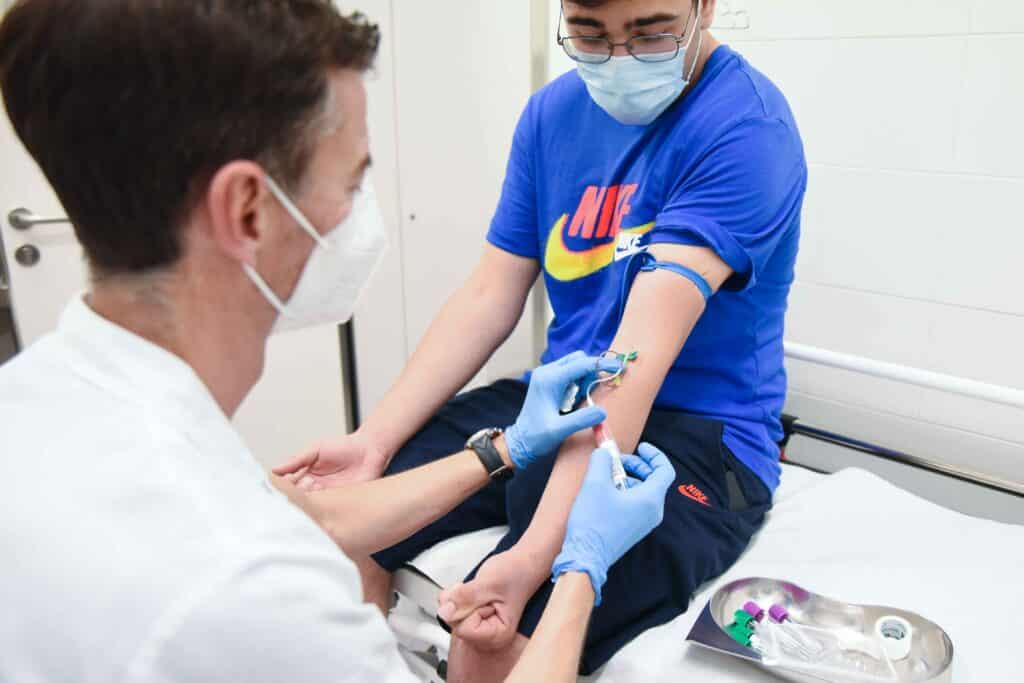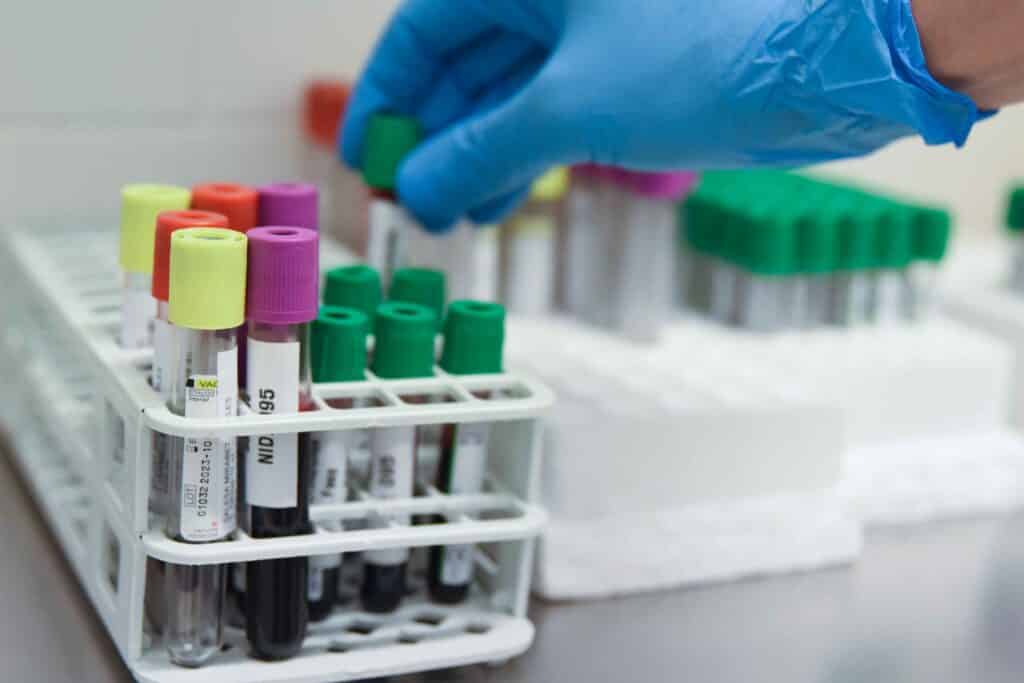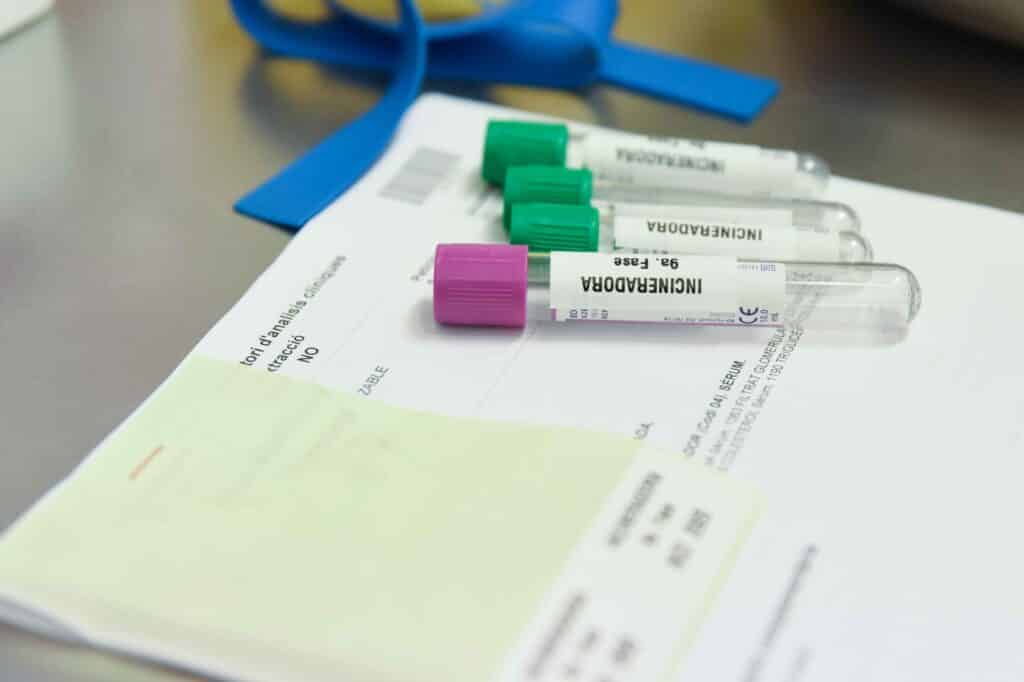This was established by the latest biological monitoring carried out by the Private Health Foundation of the Maresme Health Consortium
A group of 250 people were studied, including workers from the Maresme Integral Centre for Waste Recovery, inhabitants of Mataró and Arenys de Mar, as well as breastfeeding women from the capital of Maresme
The report concludes that there has been a decrease in dioxin and furan levels in breast milk samples over the last 10 years and in blood samples during the period 1999-2015
The Maresme Waste Consortium has been carrying out this monitoring for 29 years, which is the longest-running study of all similar energy recovery plants in Spain
The incinerator of the Maresme Integrated Waste Recovery Centre is not a risk factor for the health of the population. This has been corroborated by the 9th phase of the biological monitoring that Maresme Circular, the brand of the Maresme Waste Consortium, has commissioned from the Maresme Health Consortium’s Private Health Foundation.
The Maresme Waste Consortium has been carrying out this monitoring for 29 years and, once again, the conclusions of the study confirm that the exposure of the population of Maresme to the levels of dioxins, furans, polychlorinated biphenyls and heavy metals from the energy recovery plant does not pose any risk to their health.

A doctor from the Research Unit of the Private Health Foundation of the Maresme Health Consortium takes a blood sample from one of the people studied in the report / Marga Cruz
A sample of 250 people
The report was drawn up by a multidisciplinary medical team, with doctors, analysts and nurses from the Health Foundation’s Research Unit, the CSIC dioxin laboratory and the National Centre for Working Conditions in Barcelona.
The study population consisted of a group of 250 people, including workers at the plant, inhabitants of Mataró and Arenys de Mar, as well as breastfeeding women from the capital of Maresme. All of them had their levels of dioxins, furans and polychlorinated biphenyls measured in their blood – and breast milk, in the case of breast-feeding women – and the level of heavy metals in their blood and urine.
The sample was divided into an ‘exposed‘ group – people living within 1.5km of the incinerator – and a ‘non-exposed‘ group – people living more than 3km from the energy recovery plant – in order to compare and evaluate the effects of the incinerator on the health of the people of Maresme.

Blood samples for biological monitoring of the incinerator / Marga Cruz
Key points from the study
– The levels of dioxins and furans in blood samples from the populations of Mataró and Arenys de Mar decreased during the period 1999-2015 and since then have remained stable at levels below 10 pg I-TEQ /g fat.
– Dioxin and furan levels in breast milk samples from lactating women in Mataró have decreased slightly over the last 10 years (2012-2022), from levels close to 3.5 pg I-TEQ/g fat to 2.0 pg I-TEQ/g fat.
– Polychlorinated biphenyls levels in blood samples from the populations of Mataró and Arenys de Mar decreased during the period 1999-2012 and since then have remained stable at levels below 1 μg/L.
– Polychlorinated biphenyls levels in breast milk samples from breastfeeding women in Mataró have decreased slightly over the last 10 years (2012-2022), from levels of 3 to 2 µg/L.
– Individuals considered exposed at the Mataró incineration plant have similar blood levels of dioxins, furans and PCBs to those of non-exposed individuals (Mataró and Arenys de Mar controls), both in the 2022 assessment and over the last 27 years, so that exposure to the Mataró incineration plant does not seem to have a relevant influence on the levels of these substances in the body.
– In 2022, the people considered exposed at the Mataró incineration plant do not have significantly different levels of heavy metals than the people considered not exposed in Mataró.
– In 2022 and throughout the period 1995-2022, the levels of dioxins, furans and polychlorinated biphenyls in blood samples of workers at the incineration plant have been similar to the levels in the populations of Mataró and Arenys de Mar.
– In 2022, the levels of Pb and Cd in blood and Hg and Ni in urine of the incinerator workers are similar (not significantly different) to the levels in the population of Mataró and Arenys de Mar and are clearly below the reference levels for the non-occupationally exposed population. However, in 2022 the levels of Cr in urine of the incineration plant workers are higher than the population values (2.99 vs. 1.10 μg/L, respectively) and are above the reference levels of the non-occupationally exposed population, but below the reference values for the occupationally exposed population.
A pioneering study in Catalonia
In 1995, with the start-up of the incinerator, the Maresme Waste Consortium commissioned the first study on the possible effects of the incinerator on the health of the population. This was a pioneering study in Catalonia at the time. Today, this scientific study carried out in Mataró is the longest-running of all similar energy recovery plants in Spain.
All the reports carried out over the years have scientifically determined that, on the one hand, the levels of dioxins and furans in the biological samples of the populations studied are comparable to those observed in industrial and urban areas in other regions of the country; and on the other hand, that exposure to the incineration plant is not a risk factor for the health of the population.
Maresme Integral Centre for Waste Recovery
The Maresme Integral Centre for Waste Recovery treats more than 190,000 tonnes per year of residual waste from the Maresme and Vallès Oriental regions, prioritising the recovery of materials from all recyclable products, including organic matter – in 2023 it recovered 20,300 tonnes of materials – and then optimising energy recovery, in line with the waste management hierarchy established in European directives.
Waste-to-energy incineration is the procedure for the recovery of non-recyclable waste that generates the least impact.

Sampling for the 9th phase of the biological monitoring of the Mataró incineration plant / Marga Cruz



